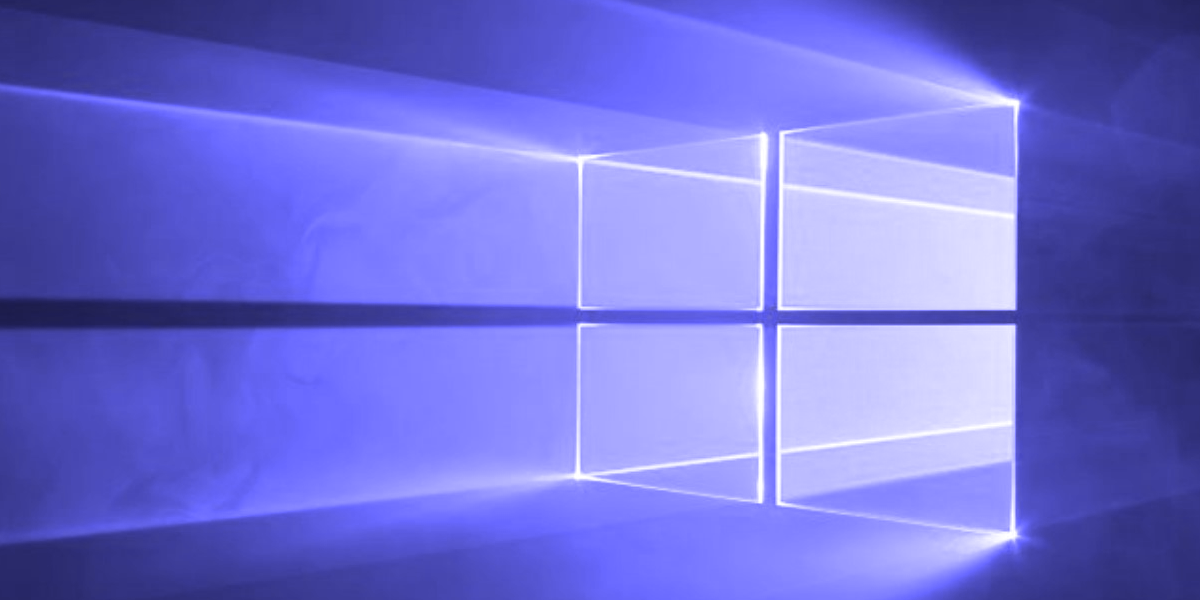Microsoft has announced the security updates for September 2022.
Security Update Guide
Updates this Month
This release consists of security updates for the following products, features and roles.
- .NET and Visual Studio
- .NET Framework
- Azure Arc
- Cache Speculation
- HTTP.sys
- Microsoft Dynamics
- Microsoft Edge (Chromium-based)
- Microsoft Graphics Component
- Microsoft Office
- Microsoft Office SharePoint
- Microsoft Office Visio
- Microsoft Windows ALPC
- Microsoft Windows Codecs Library
- Network Device Enrollment Service (NDES)
- Role: DNS Server
- Role: Windows Fax Service
- SPNEGO Extended Negotiation
- Visual Studio Code
- Windows Common Log File System Driver
- Windows Credential Roaming Service
- Windows Defender
- Windows Distributed File System (DFS)
- Windows DPAPI (Data Protection Application Programming Interface)
- Windows Enterprise App Management
- Windows Event Tracing
- Windows Group Policy
- Windows IKE Extension
- Windows Kerberos
- Windows Kernel
- Windows LDAP - Lightweight Directory Access Protocol
- Windows ODBC Driver
- Windows OLE
- Windows Photo Import API
- Windows Print Spooler Components
- Windows Remote Access Connection Manager
- Windows Remote Procedure Call
- Windows TCP/IP
- Windows Transport Security Layer (TLS)
Please note the following information regarding the security updates:
Security Update Guide Blog Posts
Date Blog Post August 9, 2022 Security Update Guide Notification System News: Create your profile now January 11, 2022 Coming Soon: New Security Update Guide Notification System February 9, 2021 Continuing to Listen: Good News about the Security Update Guide API January 13, 2021 Security Update Guide Supports CVEs Assigned by Industry Partners December 8, 2020 Security Update Guide: Let’s keep the conversation going November 9, 2020 Vulnerability Descriptions in the New Version of the Security Update Guide Relevant Information
- The new Hotpatching feature is now generally available. Please see Hotpatching feature for Windows Server Azure Edition virtual machines (VMs) for more information.
- Windows 10 updates are cumulative. The monthly security release includes all security fixes for vulnerabilities that affect Windows 10, in addition to non-security updates. The updates are available via the Microsoft Update Catalog. For information on lifecycle and support dates for Windows 10 operating systems, please see Windows Lifecycle Facts Sheet.
- Microsoft is improving Windows Release Notes. For more information, please see What's next for Windows release notes.
- A list of the latest servicing stack updates for each operating system can be found in ADV990001. This list will be updated whenever a new servicing stack update is released. It is important to install the latest servicing stack update.
- In addition to security changes for the vulnerabilities, updates include defense-in-depth updates to help improve security-related features.
- Customers running Windows 7, Windows Server 2008 R2, or Windows Server 2008 need to purchase the Extended Security Update to continue receiving security updates. See 4522133 for more information.
FAQs, Mitigations, and Workarounds
The following CVEs have FAQs, Mitigations, or Workarounds. You can see these in more detail from the Vulnerabilities tab by selecting FAQs, Mitigations and Workarounds columns in the Edit Columns panel.
- CVE-2022-23960
- CVE-2022-26928
- CVE-2022-26929
- CVE-2022-30170
- CVE-2022-30196
- CVE-2022-30200
- CVE-2022-3038
- CVE-2022-3039
- CVE-2022-3040
- CVE-2022-3041
- CVE-2022-3044
- CVE-2022-3045
- CVE-2022-3046
- CVE-2022-3047
- CVE-2022-3053
- CVE-2022-3054
- CVE-2022-3055
- CVE-2022-3056
- CVE-2022-3057
- CVE-2022-3058
- CVE-2022-3075
- CVE-2022-33647
- CVE-2022-33679
- CVE-2022-34700
- CVE-2022-34718
- CVE-2022-34719
- CVE-2022-34721
- CVE-2022-34722
- CVE-2022-34723
- CVE-2022-34725
- CVE-2022-34726
- CVE-2022-34727
- CVE-2022-34728
- CVE-2022-34729
- CVE-2022-34730
- CVE-2022-34731
- CVE-2022-34732
- CVE-2022-34733
- CVE-2022-34734
- CVE-2022-35803
- CVE-2022-35805
- CVE-2022-35823
- CVE-2022-35828
- CVE-2022-35830
- CVE-2022-35831
- CVE-2022-35834
- CVE-2022-35835
- CVE-2022-35836
- CVE-2022-35837
- CVE-2022-35840
- CVE-2022-35841
- CVE-2022-37954
- CVE-2022-37955
- CVE-2022-37956
- CVE-2022-37957
- CVE-2022-37958
- CVE-2022-37959
- CVE-2022-37961
- CVE-2022-37962
- CVE-2022-37963
- CVE-2022-37969
- CVE-2022-38004
- CVE-2022-38005
- CVE-2022-38006
- CVE-2022-38007
- CVE-2022-38008
- CVE-2022-38009
- CVE-2022-38010
- CVE-2022-38011
- CVE-2022-38012
- CVE-2022-38019
- CVE-2022-38020
Known Issues
You can see these in more detail from the Deployments tab by selecting Known Issues column in the Edit Columns panel.
For more information about Windows Known Issues, please see Windows message center (links to currently-supported versions of Windows are in the left pane).
KB Article Applies To 5002142 SharePoint Enterprise Server 2016 5002159 SharePoint Foundation 2013 5002257 SharePoint Server 2019 5002258 SharePoint Server 2019 5002267 SharePoint Foundation 2013 5002269 SharePoint Enterprise Server 2016 5002270 SharePoint Server Subscription Edition Language Pack 5002271 SharePoint Server Subscription Edition Core 5017305 Windows 10, version 1607, Windows Server 2016 5017308 Windows 10, version 20H2, Windows Server, version 20H2, Windows 10, version 21H1, Windows 10, version 21H2 5017315 Windows Server 2019 5017316 Windows Server 2022 5017327 Windows 10 5017328 Windows 11 5017358 Windows Server 2008 (Monthly Rollup) 5017361 Windows 7, Windows Server 2008 R2 (Monthly Rollup) 5017365 Windows 8.1, Windows Server 2012 R2 (Security-only update) 5017367 Windows 8.1, Windows Server 2012 R2 (Monthly Rollup) 5017370 Windows Server 2012 (Monthly Rollup) 5017371 Windows Server 2008 (Security-only update) 5017373 Windows 7, Windows Server 2008 R2 (Security-only update) 5017377 Windows Server 2012 (Security-only update)
Security Update Guide - Microsoft Security Response Center

